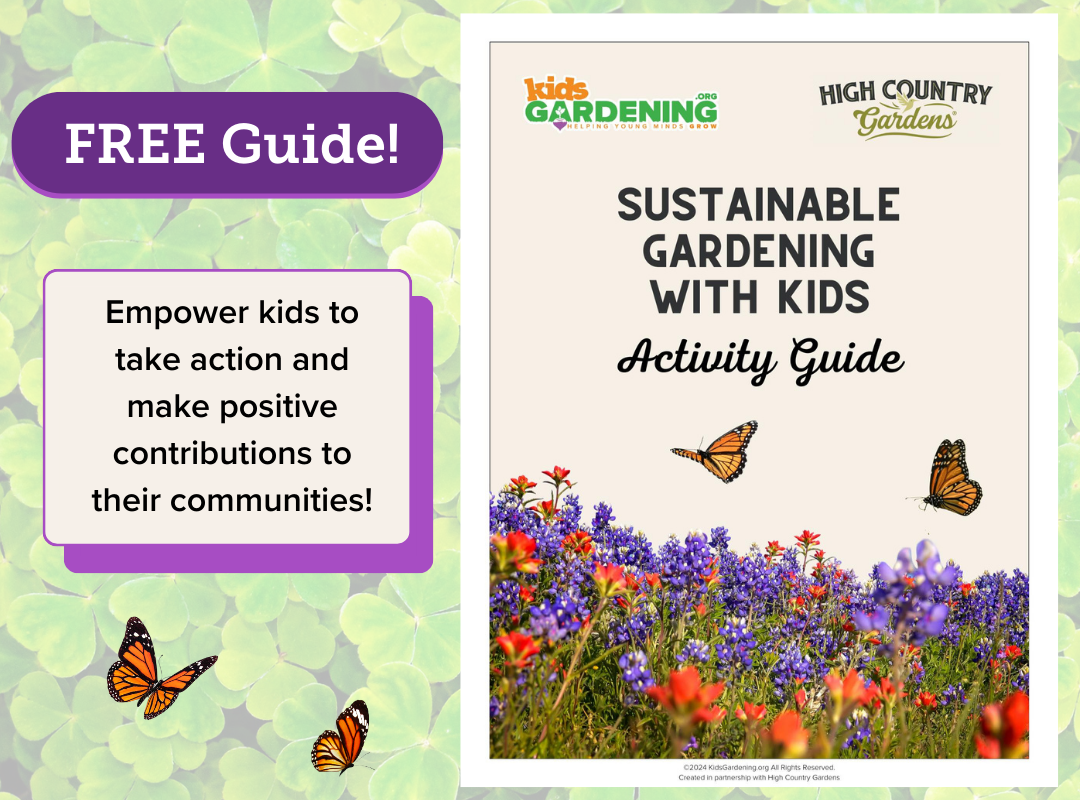Attractive wrapping adds excitement, intrigue, and beauty to any gift-giving occasion, and it’s an especially cherished part of holiday festivities. The thrill of seeing wrapped presents and the anticipation of counting down days until they can be opened are beloved traditions, and for many people these are some of the fondest memories of childhood.
However, this annual extravaganza featuring loads of wrapped gifts has a dark side. According to the National Environmental Foundation, during the holidays (Thanksgiving through New Year’s Day):
- The amount of trash produced in America increases by about 25%, or about 1 million extra tons per week.
- 38,000 miles of ribbon are discarded — enough to wrap around the planet, with some to spare.
Especially troublesome are plastic-laminated boxes and papers, as well those with metallic coatings and/or added glitter. These non-recyclable materials are often tossed into recycling bins, require time-consuming separation or even the rejection of entire lots of recycling due to the “contamination” caused by their presence.
Fortunately, with a few simple (and fun!) changes to our gift-wrapping habits, we can all reduce the amount of waste we generate without giving up our cherished traditions.
Reuse!
If you can convince everyone to slow down and unwrap gifts in a mindful way, you can fold and reuse the paper. Yes, for some it’s become part of the tradition to open gifts in a wild frenzy. But slowing down offers opportunities for practices of patience and gratitude — lessons important to both kids and adults.
Upcycle!
The possibilities are endless! Cut scraps of gift wrapping into small pieces to use as gift tags. Gather old maps, pages from seed and plant catalogs, and sheet music to use as wrapping paper, or cut them into pieces to make collages. Do you have a pile or drawerful of your children’s artwork? Help them select some to repurpose as wrapping.
Make the Wrapping Part of the Gift
Picnic baskets, flower pots (especially if you decorate them yourself!), tea tins — even watering cans! — can be perfect vessels to hold gifts.
Use Biodegradable Materials
Choose boxes and wrapping materials made from natural fibers, such as cardboard, paper, jute, cotton, raffia, and hemp. Avoid boxes and wrapping materials with plastic or metallic coatings or added glitter, as well as ribbons made from synthetic (non-biodegradable) materials such as polyester or nylon. In the example below, a gift is tucked into a simple cardboard box that is filled with shredded paper and then tied with a jute ribbon.

Get Crafty
Transform tissue paper into special wrapping with simple prints using rubber stamps, block prints (a cut potato works great!) or leaf prints. In the example (below left) a permanent paint pen was used to apply paint to the fern, which was then pressed on the paper. This technique was easy, inexpensive, and required minimal clean-up. Learn how to make new paper from old wrapping paper: https://kidsgardening.org/garden-activities-homemade-botanical-paper/

Go Natural
Sprigs gathered from the outdoors, such as evergreens, red-twig dogwoods, winterberry, and holly are “naturals” for accenting boxes and wrapping (above right).
Wrap with Fabric
Decorating gifts with cloth wraps is an ancient practice that is receiving renewed attention. In particular, a Japanese technique called furoshiki is simple and lovely. Although you can purchase special furoshiki wraps, the technique simply requires a square piece of fabric. The example below uses a silk scarf, which is a gift in itself.




